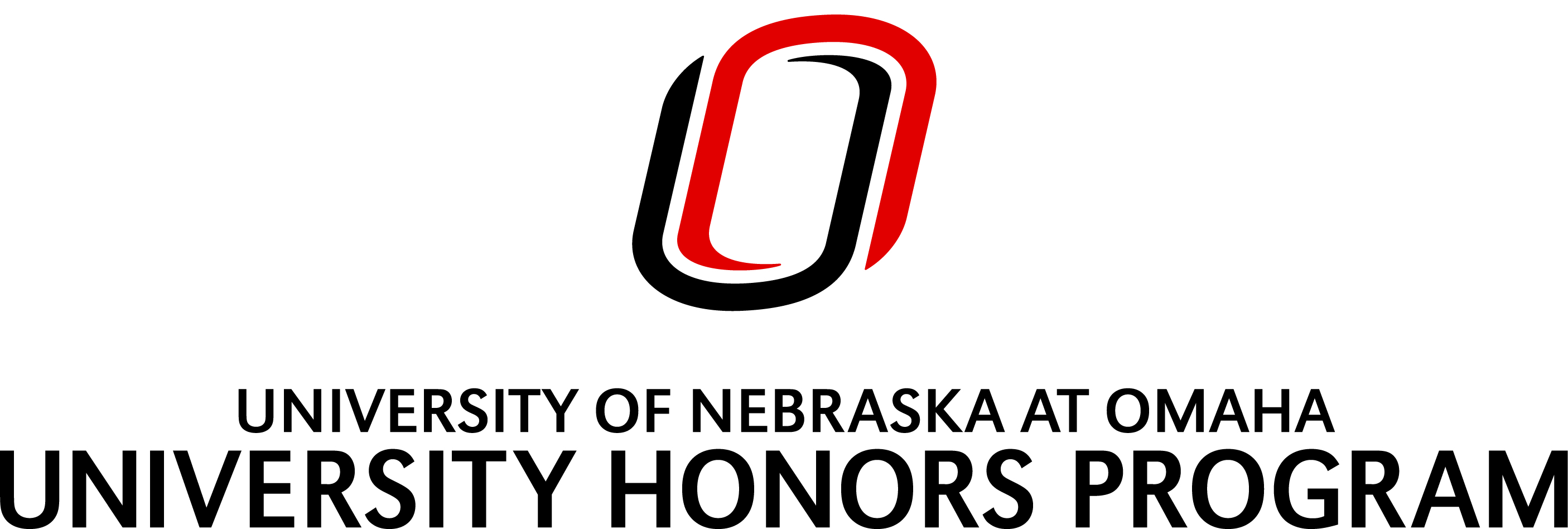Month/Year of Graduation
5-2024
Degree Name
Bachelor of Science (B.S.)
Department
Finance, Banking, and Real Estate
First Advisor
Kelsey Medeiros
Abstract
What makes us good leaders? It’s a question that philosophers, politicians and business strategists alike have been asking for centuries. Generations of scholars have sought to pinpoint the various attributes and characteristics that define leadership beyond a formal organizational role. Going a step beyond, extensive research has also been devoted to deciphering what abilities make certain individuals successful as leaders in comparison to their peers, along with how aspiring leaders can practice these abilities to hone their own leadership performance. All of this research culminates in an intimidating amount of literature, riddled with a broad array of theories and conclusions regarding the most important leadership factors, many of which are contradictory. Even as experts continually seek to refine the concept of what the ideal leader looks like, the discussion surrounding leadership has noticeably shifted in recent years to emphasize a different set of organizational faculties such as employee wellbeing, participation, and culture. This further complicates one’s ability to find a synthesis between the various conflicting ideas.
It shall be the primary purpose of the following essay to contribute to this discussion, and, if appropriate, to render a conclusion as to the optimal set of leadership actions. It will begin by exploring the complicated history of leadership theory along with an overview of its most commonly regarded characterizations, both historically and in the present day. It will then take a more scientific approach by examining the lives and the levels of success of various real-world leaders in an effort to identify commonalities. Along the way it will investigate examples of both good and bad leaders in order to learn from their experiences in order to gain insight into what leadership characteristics are associated with organizational success. From there, it will attempt to narrow down a concrete list of the most important faculties of leadership based off of the preceding sections, incorporating additional data and outside research to back up these findings. Only then will it attempt to identify a comprehensive leadership theory that incorporates all the greatest advantages of the theories previously discussed, examining why such a comprehensive theory would lead to optimal performance for both the firm and its employees, and lastly how such a theory could be practically applied. Finally, the essay will conclude with a final discussion of the concept of leadership itself, along with the numerous difficulties involved in finding one all-encompassing leadership approach.
Recommended Citation
Rossini, Dante, "What makes us "Good" Leaders?" (2024). Theses/Capstones/Creative Projects. 293.
https://digitalcommons.unomaha.edu/university_honors_program/293

